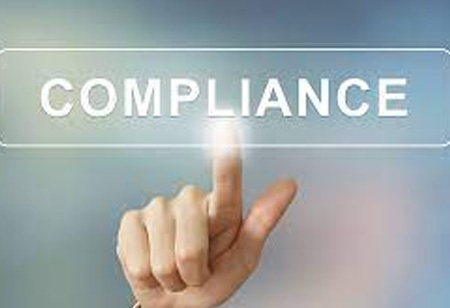THANK YOU FOR SUBSCRIBING
Be first to read the latest tech news, Industry Leader's Insights, and CIO interviews of medium and large enterprises exclusively from CFO Tech Outlook
THANK YOU FOR SUBSCRIBING

By
CFO Tech Outlook | Friday, April 09, 2021
Stay ahead of the industry with exclusive feature stories on the top companies, expert insights and the latest news delivered straight to your inbox. Subscribe today.
Integrating risk and compliance can bring the expense of risk and compliance down for an enterprise.
FREMONT, CA: Risk and compliance management are related. Banks and financial organizations must abide by the rules designed to reduce the myriad risks that are borne from financial operations. However, most financial institutions struggle to synchronize risk and compliance in real-time. Compliance is looked at while doing risk evaluations, but there is very little real-time integration of risk and compliance data and processes. Leveraging an integrated platform that concurrently helps risk and compliance management and combines the data and reports from both can significantly enhance the efficiency and productivity of both risk and compliance teams.
Risk assessments are retrospective. Banks look at the compliance reports and data over the previous few months and leverage this data to
evaluate the bank's risk exposure. The issue is that there is a delay in the actual compliance hurdles occurring and them being factored into the risk evaluation reports. The compliance must first generate its reports, and then the risk department requires time to integrate the information.
Several organizations are not happy with their compliance status because compliance needs the entire organization to take ownership of the rules that impact their work. A manager cannot enforce compliance across the firm. Compliance teams realize why it is essential to comply with laws and regulations and understand the reasons behind the compliance, but other workers may not.
The integration of risk and compliance data enables auditors to evaluate all the data and reports they require in less than one platform. Instead of long, drawn-out email chains, managing with interdepartmental bureaucracy, and waiting to get reports, the auditors can access the risk and compliance platform and get direct access to the data they require. This enables auditors to audit more often. More essentially, it allows auditors to widen their audits' scope, which lets them discover more issues within the organization.
I agree We use cookies on this website to enhance your user experience. By clicking any link on this page you are giving your consent for us to set cookies. More info

However, if you would like to share the information in this article, you may use the link below:
www.cfotechoutlookeurope.com/news/benefits-of-integrated-risk-and-compliance-platform-nid-1394.html



